The Rio Grande gold tarantula is a unique spider with its roots in Texas, specifically in the Rio Grande Valley. Here, you’ll uncover fascinating facts about this tarantula and learn what makes it so special.
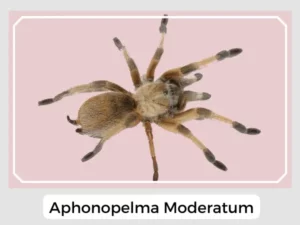
Photo Credit: Chris
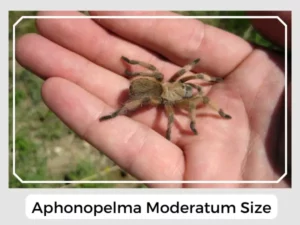
Photo Credit: Chris
The female lays the eggs of this spider inside a silk case for protection.
Immature spiders of this species resemble female spiders in appearance.
Like other tarantula species, they will cover the entrances of their burrows with webbing to dissuade intruders.
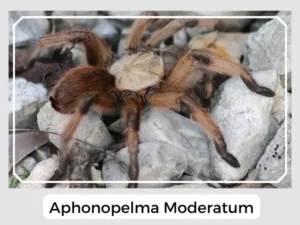
Photo Credit: Tripp Davenport
Yes, Rio Grande Gold Tarantulas are venomous, like most tarantulas. However, their venom is generally not harmful to humans and is used primarily for subduing prey.
Yes, they can bite if threatened or provoked. While the bite might be painful, it’s typically not dangerous for humans.
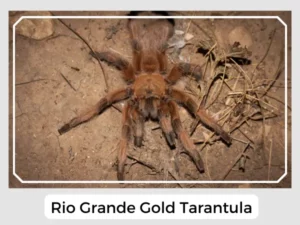
Photo Credit: Jason Penney
Rio Grande gold tarantulas are integral to their arid habitats, primarily through their role as predators. They help control populations of insects and other small arthropods, thus maintaining the ecological balance.
Natural Predator: Birds, small mammals, and other larger predators are the natural threats to the Rio Grande gold tarantula, playing a crucial role in the food chain by keeping the tarantula population in check.
Prey-Predator Dynamics: This tarantula is a key player in the prey-predator relationship within its ecosystem, preying on insects and small animals while also serving as prey to larger species. This dynamic ensures a stable and healthy environment.
Relationship with Humans: The Rio Grande gold tarantula and humans have minimal direct interaction. While they possess venom, it is not considered significantly harmful to humans. Bites occur infrequently and are usually the result of self-defense, causing pain but not serious harm.
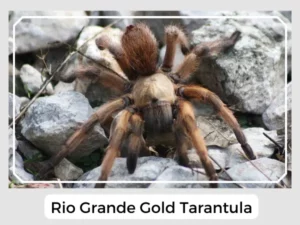
Photo Credit: Tripp Davenport
| Lifespan | Males: 7 years, Females: 22-40 years |
| Distribution | Texas, specifically the Rio Grande Valley |
| Habitat | Arid areas |
| Diet | Cockroaches, crickets, and mealworms |
In conclusion, the Rio Grande gold tarantula is not just a unique feature of Texan wildlife but also an environmentally crucial predator that contributes to the biodiversity and pest control within its natural habitat.
The Rio Grande gold tarantula is a unique spider with its roots in Texas, specifically in the Rio Grande Valley. Here, you’ll uncover fascinating facts about this tarantula and learn what makes it so special.

Photo Credit: Chris

Photo Credit: Chris
The female lays the eggs of this spider inside a silk case for protection.
Immature spiders of this species resemble female spiders in appearance.
Like other tarantula species, they will cover the entrances of their burrows with webbing to dissuade intruders.

Photo Credit: Tripp Davenport
Yes, Rio Grande Gold Tarantulas are venomous, like most tarantulas. However, their venom is generally not harmful to humans and is used primarily for subduing prey.
Yes, they can bite if threatened or provoked. While the bite might be painful, it’s typically not dangerous for humans.

Photo Credit: Jason Penney
Rio Grande gold tarantulas are integral to their arid habitats, primarily through their role as predators. They help control populations of insects and other small arthropods, thus maintaining the ecological balance.
Natural Predator: Birds, small mammals, and other larger predators are the natural threats to the Rio Grande gold tarantula, playing a crucial role in the food chain by keeping the tarantula population in check.
Prey-Predator Dynamics: This tarantula is a key player in the prey-predator relationship within its ecosystem, preying on insects and small animals while also serving as prey to larger species. This dynamic ensures a stable and healthy environment.
Relationship with Humans: The Rio Grande gold tarantula and humans have minimal direct interaction. While they possess venom, it is not considered significantly harmful to humans. Bites occur infrequently and are usually the result of self-defense, causing pain but not serious harm.

Photo Credit: Tripp Davenport
| Lifespan | Males: 7 years, Females: 22-40 years |
| Distribution | Texas, specifically the Rio Grande Valley |
| Habitat | Arid areas |
| Diet | Cockroaches, crickets, and mealworms |
In conclusion, the Rio Grande gold tarantula is not just a unique feature of Texan wildlife but also an environmentally crucial predator that contributes to the biodiversity and pest control within its natural habitat.